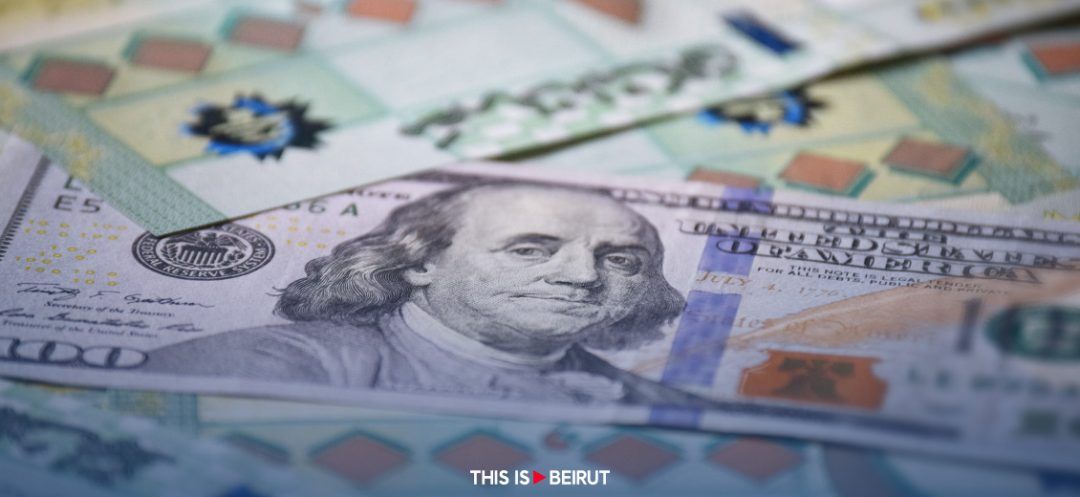
Initiating an adjustment of the dollar exchange rate at 89,500 Lebanese pounds before transitioning to a floating exchange rate regime is a prudent and essential measure.
While standardizing the exchange rate is vital for economic revitalization, a key question remains: Does this imply a floating system, where the dollar-to-pound exchange rate is determined by market forces of supply and demand?
In a context of prolonged economic and financial crisis and the looming threat of an escalation in the Gaza conflict, Lebanon is ill-equipped to handle a floating exchange rate regime where dollar-to-pound parity is determined by market forces of supply and demand. Additionally, although the economy has shown a degree of adaptability to its unpredictable environment, both GDP and wage levels persistently remain low in both the private and public sectors.
Regarding Lebanon’s Central Bank, the Banque du Liban (BDL), though it has implemented several measures to loosen its role as the authority setting the exchange rate, it has not entirely shed this responsibility, at least for the time being. The launch of its Bloomberg exchange platform does not rule out its intervention to counter any currency instability and replenish its foreign exchange reserves. Concurrently, it persists in its strategy of reducing the circulating money supply in Lebanese pounds.
Pricing System
However, discussing the fluctuation or unification of the pound-to-dollar exchange rate is impossible without considering the socio-economic developments of the past four years during which the pricing system has been extensively distorted. This distortion has significantly affected economic sectors and the estimation of service fees and commodity prices.
In light of consistent reports from banking sources, there is a cautionary note about the potential impacts of exchange rate unification on both macro and micro-economic levels before passing laws on capital control and bank restructuring, as well as the settlement of debts between the State and the BDL. It is of major importance to address both sides of the debt equation.
Self-financing
Certainly, allowing the exchange rate to float in line with the real market rate is a strategy that boosts state revenues. This approach, in essence, empowers government agencies and public institutions to achieve self-financing, breaking away from dependence on the reserves of the Central Bank and Treasury advances. At this juncture, the BDL has strategically decided to curtail financial support to institutions. A notable example in this context is the financial status of the state-run electricity company, Électricité du Liban (EDL). Since implementing a floating tariff for its services, EDL's account with the BDL has turned positive, reaching nearly USD 30 million—an achievement not seen in several decades.
No one accepts the return of the state to its pre-crisis policies of fiscal populism and subsidies supposedly benefiting the most deprived classes, especially in a context of porous borders and a focal point of violence in the southern part of the country. These failed policies have undermined the foundations of the local financial and fiscal system, in addition to, in the long term, depleting the state's income, the reserves of the Central Bank (BDL) and the national savings.
Read more





Comments